A cast realised at the shop of the Louvre Museum (1968).
Material: composite: stone imitation on a resin base.
Dimensions: L 26cm h 32cm p 8cm
Based on the stone bas-relief found in the Yungang caves of Northern China, Shanxi, Northern Wei Dynasty (386-534), 6th century.
Conservation place of the original: Paris, Musée national des Arts asiatiques - Guimet.
"This bust is that of a seated musician playing the k'in, one of the oldest musical instruments in China. Under the influence of India, where Buddhism originated, Chinese sculpture, starting in the 6th century experienced one of its most beautiful phases: the motifs, the symbols, the ritual gestures and Buddhist attributes from India were assimilated, modified, adapted to Chinese aesthetics and the result was a succession of profoundly Chinese styles that would perpetuate themselves for three centuries. Faces with mystical smiles, elongated forms, treatment of clothing that concealed the bodies under folds with linear lines, it is the expression of an era of intense spirituality."
From: ateliersartmuseesnationaux


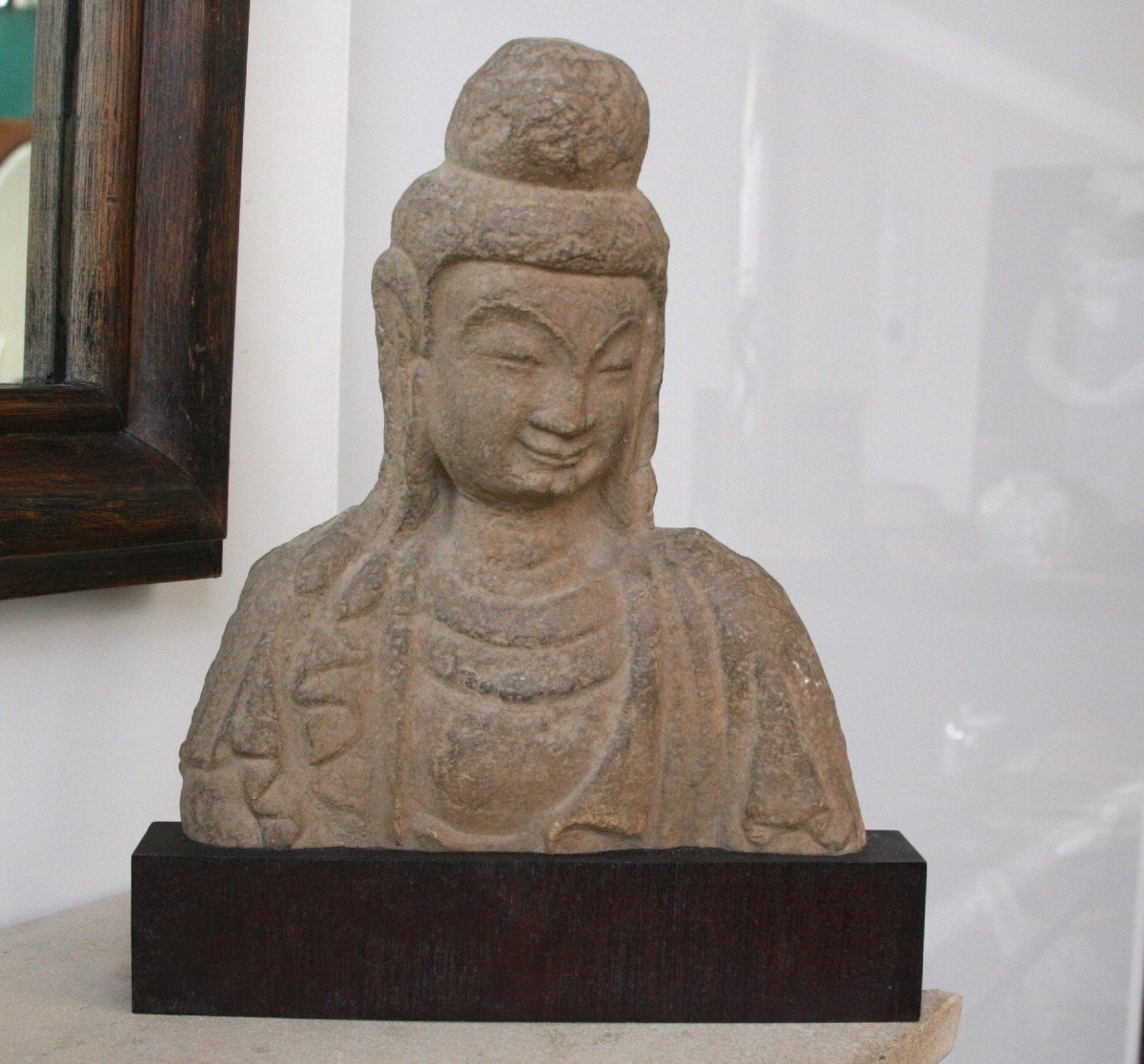




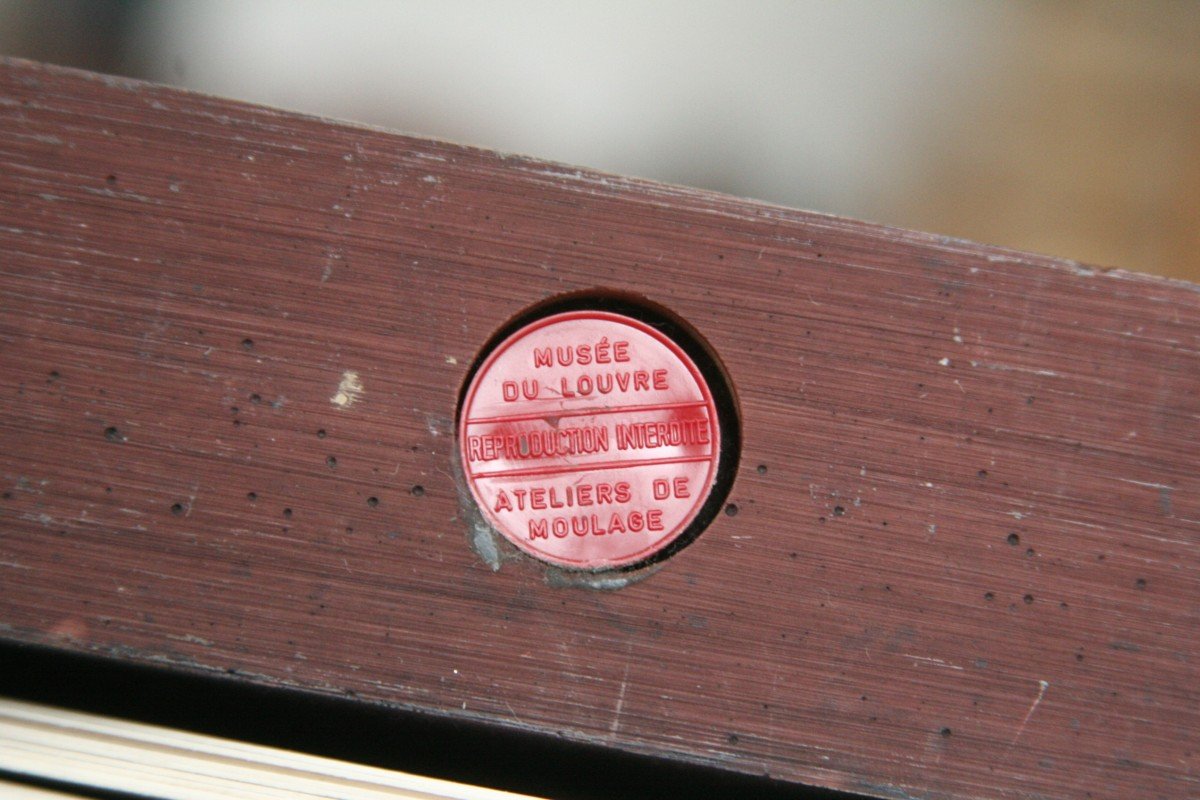













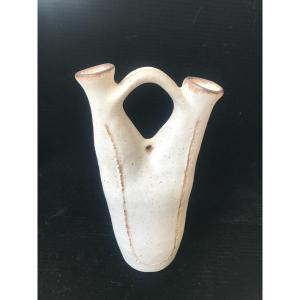














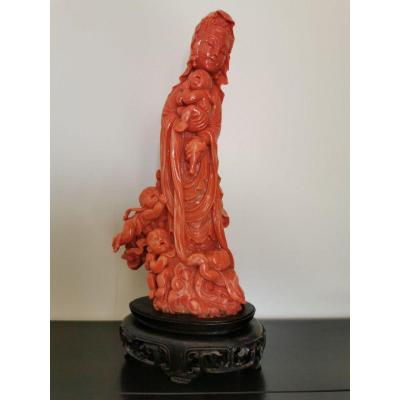

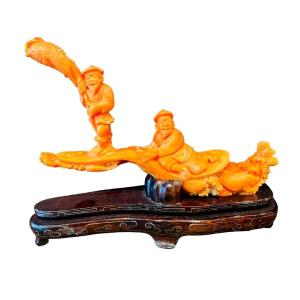




 Le Magazine de PROANTIC
Le Magazine de PROANTIC TRÉSORS Magazine
TRÉSORS Magazine Rivista Artiquariato
Rivista Artiquariato